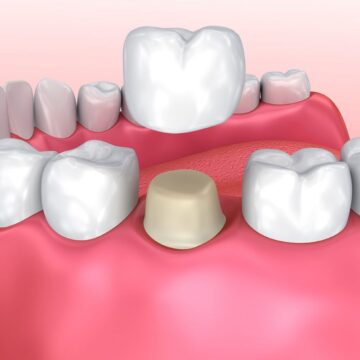A gout is a painful form of arthritis that is characterized by an abnormal bulging of the big toe in your leg. Excess uric acid in your body can form small crystals in your joints. The pain can be debilitating, negatively impacting your routine activities.
Fortunately, gout can be managed by lifestyle changes and medications offered by the foot doctor in Maryville, IL. Read on to know everything about gout, its causes, symptoms, and treatment.
What is gout?
Gout is a form of inflammatory arthritis that causes pain and swelling in your joints. Increased buildup of uric acid in your body results in the development of gout. This condition most commonly affects your big toe joint, but it can also affect other joints like the knees, ankles, feet, hands, wrists, and elbows.
What causes gout?
A buildup of excess uric acid in your body causes gout. Your kidneys fail to remove the excess uric acid from your blood. When your body has high levels of uric acid, the crystals can build up and settle into your joints.
Risk factors that increase your likelihood of developing gout, include:
- Being a male
- Obesity
- Congestive heart failure
- Diabetes
- Hypertension
- Kidney disease
- Blood cancer
- Having a family history
- Drinking alcohol regularly
- Eating a lot of animal proteins
- Taking a diuretic medication
- Taking immunosuppressants
What are gout symptoms?
During a gout attack, symptoms may include:
- Intense pain
- Skin discoloration
- Joint stiffness
- Swelling
- Joint tenderness
- A feeling of warmth around the skin
Gout attacks usually last a week or two. You might have flares that last longer than others, causing more severe Symptoms.
How is gout treated?
Gout treatment depends on the intensity of pain and other symptoms. Options include:
- Gout medication
-
-
- Non-steroidal Anti-inflammatory Drugs (NSAIDs)
- Colchicine
- Corticosteroids
-
- Diet management
-
-
- Low protein diet
- Low-fat dairy diet
- High-fiber diet recommendation
- Low sugar intake
- Avoiding processed foods
- Minimizing alcohol intake
-
- Managing the underlying health condition
-
- Managing diabetes and hypertension
- Getting yourself treated for heart and kidney disease
Bottom line
A gout is a painful form of arthritis. Excess uric acid in your body forms sharp crystals that collect in your joints, causing pain, swelling, and other symptoms. If you notice any swelling or pain in your joints, especially your big toe, consult your doctor for further evaluation. You may be prescribed painkillers and advised dietary changes. Managing the symptoms and preventing flare-ups is essential to improve your quality of life.
















